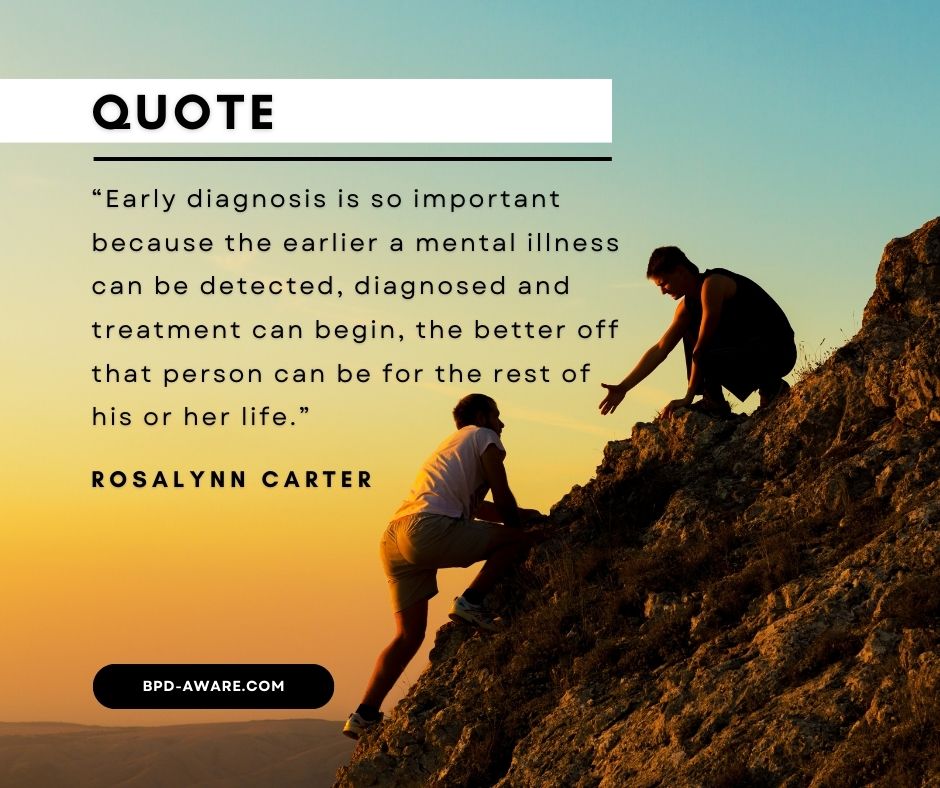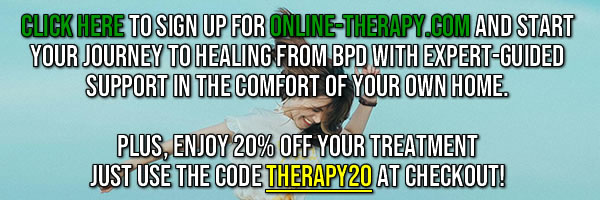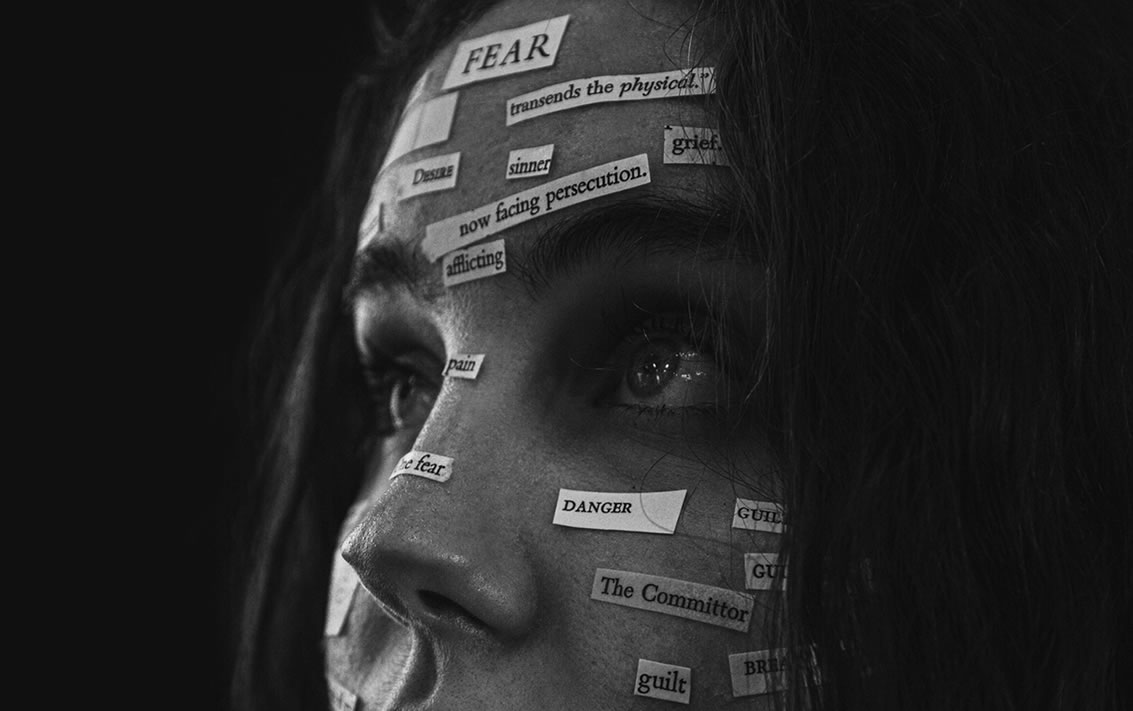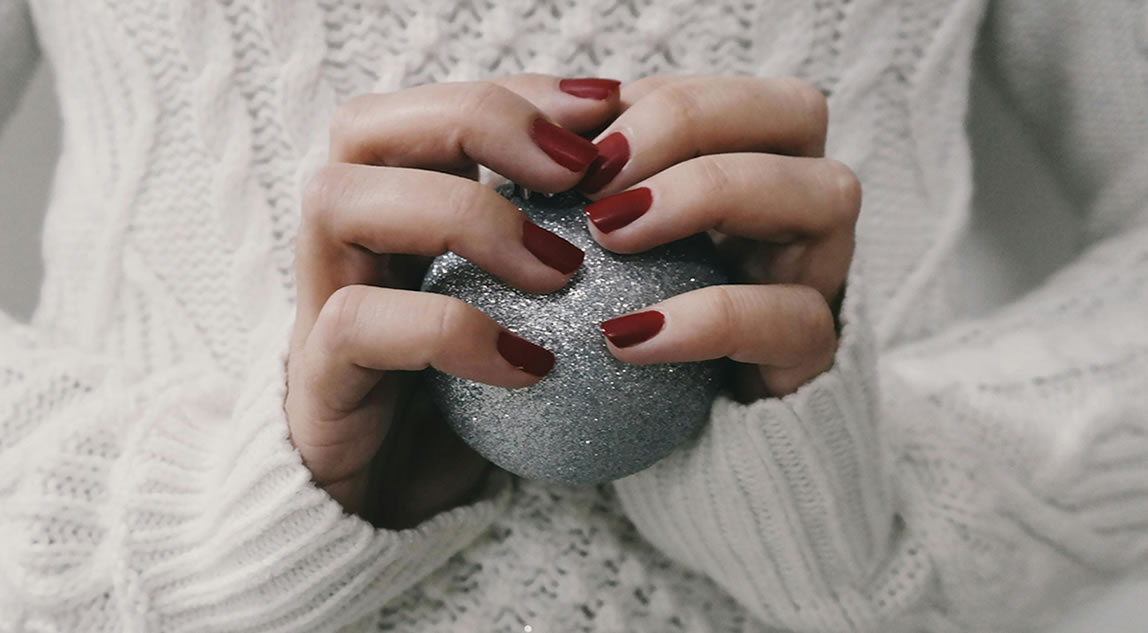There are a few different kinds of people who visit us at BPD-Aware.com. The first are people who have Borderline Personality Disorder (BPD) and are looking for tips on how to manage their symptoms and work towards recovery. The second are people who have someone in their lives with BPD and want to learn more about the disorder and how they can help their loved one. Then, there’s the third group: people who are concerned they may have BPD and want to know more about what they may be dealing with.
People who are worried they have BPD often want to know how they go about getting an official diagnosis, as well as what the next steps are from there. Well, that’s exactly what we’ll be looking at in this article so, if you want to know how to get your BPD diagnosed, keep on reading.
“I Think I Have BPD? What Do I Do?”
First of all, you need to assess if you meet the criteria to be diagnosed with BPD. There are nine core symptoms of Borderline Personality Disorder and you need to experience at least five of them regularly to receive an official diagnosis.
The nine symptoms of BPD, according to the DSM-5 are:
- A fear of abandonment, whether that abandonment is real or imagined.
- A pattern of unstable interpersonal relationships.
- An unstable sense of self-image.
- A history of impulsive behavior in at least two areas that are potentially self-damaging.
- Recurring self-harming or suicidal gestures, threats, or actions.
- Rapid mood swings.
- Chronic feelings of emptiness.
- Difficulty controlling anger.
- Stress-related paranoia or dissociation.
If you experience less than five symptoms listed above then it’s unlikely that you have BPD, however, you may have another mental health condition. If that’s the case, it’s worth visiting your healthcare provider to discuss the difficulties you’ve been having. Other possible conditions with similarities to BPD include Bipolar Disorder, Post-Traumatic Stress Disorder, Dependent Personality Disorder, and any of the Cluster B personality disorders (the group to which BPD belongs).
If you believe you experience five (or more) of the symptoms above then you may have BPD. Read on to discover the next step you need to take to receive an official diagnosis.
“How Do I Get A BPD Diagnosis?”
If you still believe you have BPD then the next step is to make an appointment with your doctor. This is the same doctor you’d go to first with any health problem. Depending on where you’re from, this may be known as your general practitioner (GP), family physician, or primary healthcare provider.
When speaking with your doctor, let them know you’ve been having issues with your mental health and believe you may require further help. Your doctor will likely ask several questions about what you’ve been experiencing and how it’s been affecting you. It can help to write down a list of the issues you’ve been having, with some examples of occurrences. Sometimes your mind can go blank or you forget a vital point you want to make and it can impede your progress to receiving a proper diagnosis.
Unless your doctor has an extensive background in the field of mental health, they should not be the one to give you an official diagnosis of BPD. What you’re looking at during this stage is for them to forward you to a psychiatrist. Depending on your doctor, this could be done immediately or it might take a few visits to convince them to forward you to a psychiatrist. If it’s the latter, this can be draining and demoralizing but you must continue to advocate for yourself until you are sent to a psychiatrist.
A psychiatrist is a medical doctor who specializes in the field of mental health. You will likely need to meet with them at least twice before they officially diagnose you. These sessions will involve talking about the symptoms you’ve experienced and the issues you’ve faced as a result. There may also be some worksheets and questionnaires for you to fill out. It’s the psychiatrist who will diagnose you with BPD if they believe that’s the issue at hand. Remember, just because you think you have BPD, that doesn’t necessarily mean that’s the case. As mentioned earlier, several other conditions have similarities to BPD. However, if you aren’t diagnosed with BPD, then you are always entitled to ask for a second opinion.

“I’ve Been Diagnosed With BPD. What’s Next?“
If you do get officially diagnosed with BPD, you should now be able to undergo treatment. Your psychiatrist will be the one to form a treatment plan for you. The treatment plan for BPD will typically involve a combination of medication as well as therapy.
As a medical doctor, your psychiatrist can prescribe you medication. There are a number of different types of medication used to treat the symptoms of BPD and you might be placed on one or more of them depending on the exact symptoms you experience. Anti-depressants, anti-anxiety, anti-psychotics, and mood stabilizers are all common forms of medication used to treat BPD. For more on medication, you can read our article: What Medications Are Used To Treat BPD?
Your psychiatrist should also forward you to a therapist. It’s your therapist who will deal with the bulk of your treatment from here on out. You may see your psychiatrist from time to time but, in most cases, it will be your therapist liaising with your psychiatrist from this point on.
Dialectical Behavior Therapy (DBT) is the most common form of therapy used to treat BPD and it’s likely the type of therapy you’ll receive. This involves seeing your therapist weekly for sessions. Each session will involve checking in to see how you’re getting on, and some DBT skills training. You will receive homework so you can practice these skills in your own time. There will also be regular group therapy sessions. If you have any concerns with your medication, you can tell your therapist and they will pass these on to your psychiatrist. For more on DBT and what it entails, you can read our article here: Dialectical Behavior Therapy and BPD
You can expect to spend a minimum of six months in therapy. If your progress goes well, you may be re-evaluated by your psychiatrist and be considered recovered from BPD. If you or your therapist don’t believe you’re making good progress with DBT, you could be moved on to another form of therapy such as Schema Therapy or Mentalization-Based Therapy.
While being diagnosed with something like Borderline Personality Disorder can be scary, treatment of BPD has a very high success rate. Over 75% of people with BPD who receive treatment go on to make significant improvements.

Final Thoughts
The process of receiving a BPD diagnosis can take some time and be filled with moments of uncertainty. However, it’s through receiving an official diagnosis that treatment can start and the process of healing can begin.
As successful as treatment typically is for BPD, it’s important to remember that healing is never linear. There will be times of triumph and other times when it feels like you’re going backward. That’s a completely normal part of the healing process that everyone experiences. Stick with the program though and you should find that, over time, you’re able to look back and see how far you’ve come.
If you’ve any further questions about receiving a BPD diagnosis or anything related to this topic, don’t hesitate to leave us a comment in the box below or head over to our forums and ask your question there. Thank you!
Sources, Resources, and Further Reading
- Diagnosis – Borderline personality disorder: https://www.nhs.uk/mental-health/conditions/borderline-personality-disorder/diagnosis/
- How do you officially get diagnosed with BPD?: https://www.reddit.com/r/BorderlinePDisorder/comments/zqs3mc/how_do_you_officially_get_diagnosed_with_bpd/
- BPD Criteria for Diagnosis: https://www.verywellmind.com/borderline-personality-disorder-diagnosis-425174
















